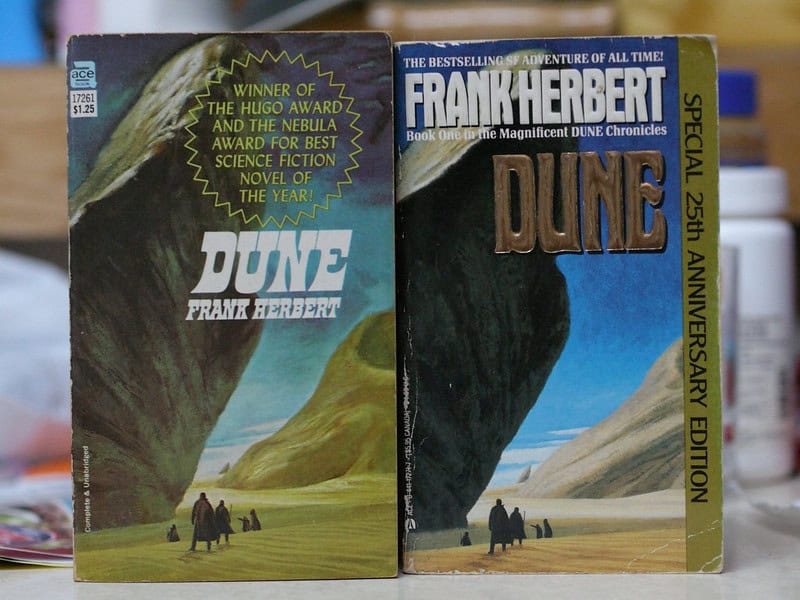Turtles are among the most fascinating creatures on Earth, with many species remaining unknown to most people. Some of these rare species possess unique characteristics and face significant threats from habitat loss, illegal trade, and environmental changes. Understanding and protecting these lesser-known turtles is crucial for preserving biodiversity and maintaining healthy ecosystems. Here are 19 rare turtle species that you’ve probably never heard of, each with its own story and significance.
Roti Island Snake-necked Turtle (Chelodina mccordi)
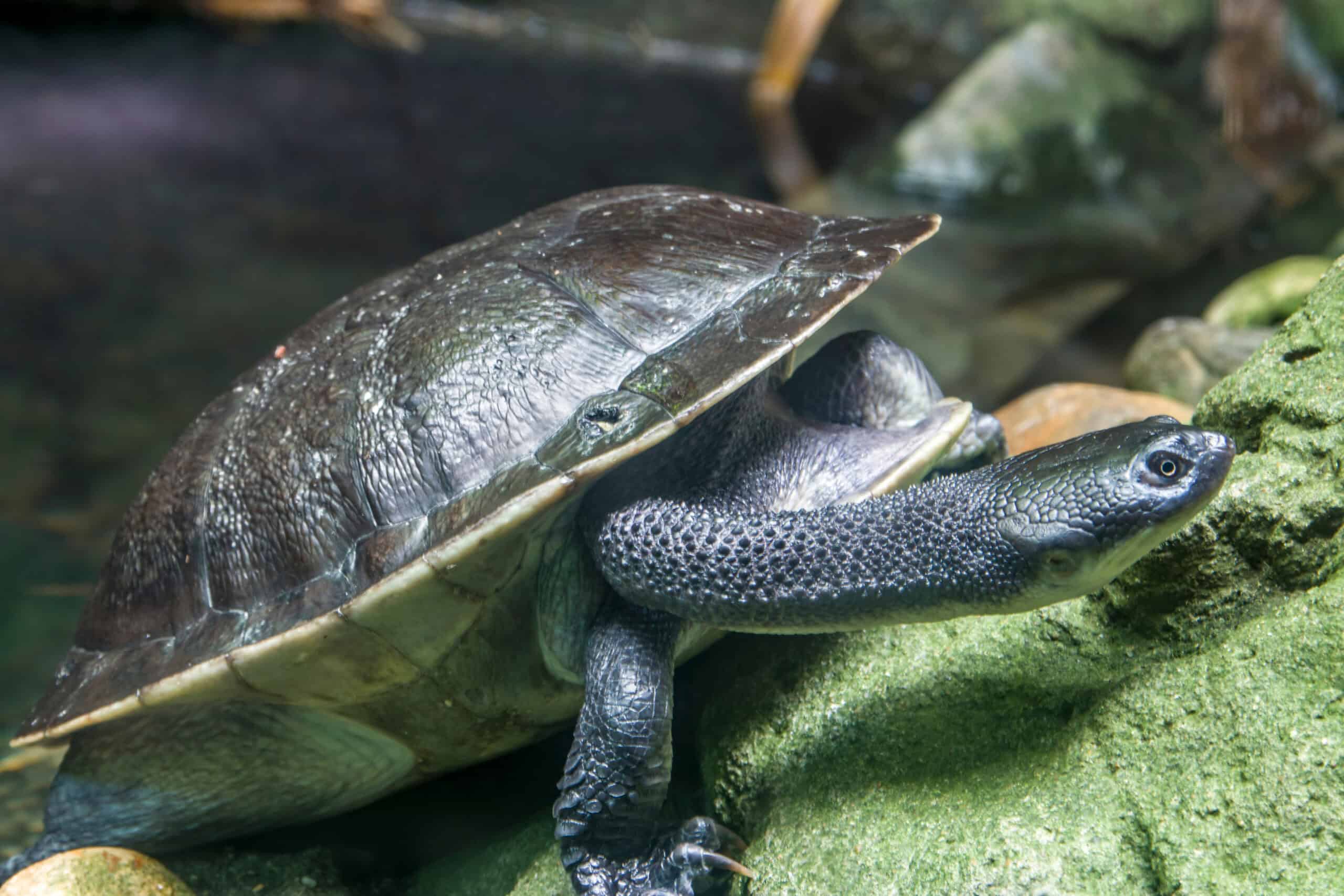
This critically endangered turtle hails from Roti Island in Indonesia. Known for its extraordinarily long neck, it can stretch it out nearly as long as its shell. The species has a highly restricted range and faces severe threats from habitat destruction and the pet trade. Conservation efforts are ongoing, but the population remains alarmingly low. Captive breeding programs are essential to ensure its survival.
Mary River Turtle (Elusor macrurus)

Native to the Mary River in Queensland, Australia, this turtle is known for its unique green mohawk, a result of algae growing on its head. It has the unusual ability to breathe through its cloaca, allowing it to stay underwater for extended periods. Unfortunately, habitat degradation and collection for the pet trade have severely impacted its numbers. Efforts are being made to restore its habitat and protect its populations. The Mary River Turtle is a fascinating example of nature’s diversity.
Yangtze Giant Softshell Turtle (Rafetus swinhoei)

Considered the world’s most endangered turtle, only a handful of individuals are known to exist. This massive turtle, native to China and Vietnam, can grow over three feet in length and weigh up to 220 pounds. Its habitat in the Yangtze River has been severely impacted by pollution and dam construction. Conservationists are working tirelessly to find and protect the remaining individuals. The fate of this species hangs in a delicate balance.
Burmese Star Tortoise (Geochelone platynota)
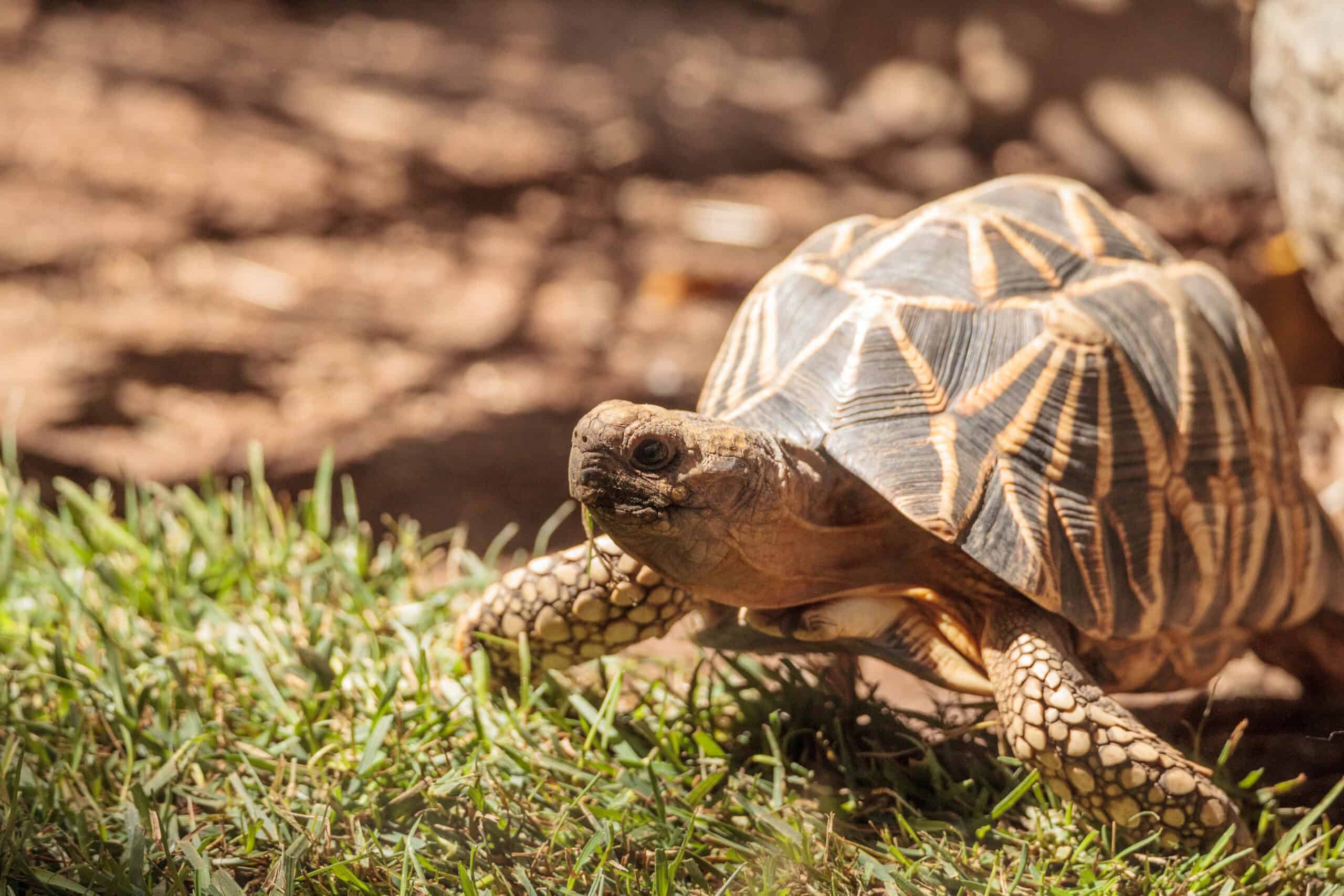
Characterized by its striking star-patterned shell, this tortoise is native to the dry forests of Myanmar. It has been driven to the brink of extinction due to habitat loss and poaching. In the wild, fewer than 1,000 individuals are thought to remain. However, captive breeding and reintroduction programs offer a glimmer of hope. Conservationists are striving to restore this species to its natural habitat.
Central American River Turtle (Dermatemys mawii)
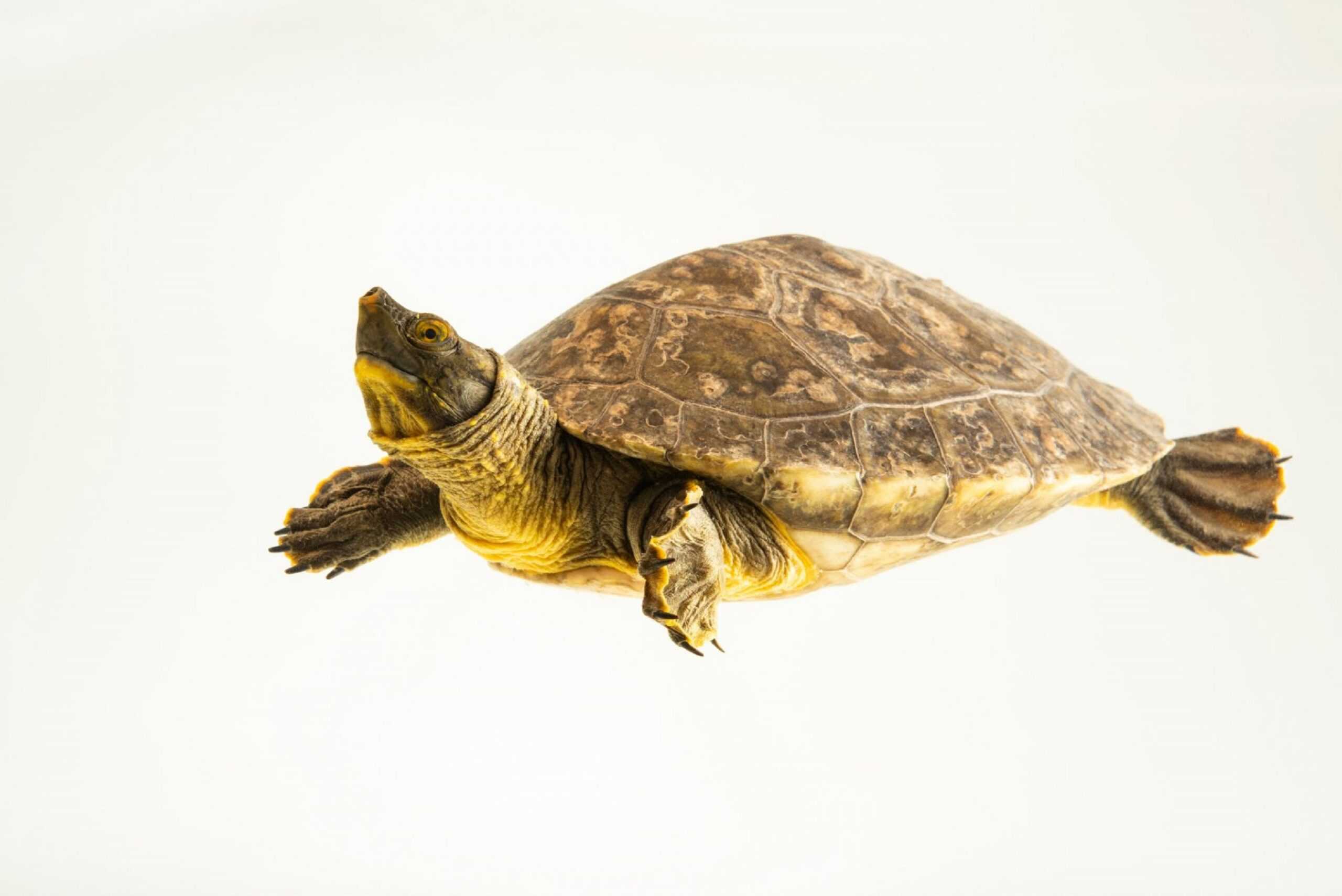
Also known as the hickatee, this turtle is native to freshwater rivers and lakes in Central America. It is unique in being the last surviving member of its family, Dermatemydidae. Overexploitation for its meat has led to drastic population declines. Efforts to protect this species include legal protection and community education programs. Its survival depends on sustained conservation initiatives.
Northern River Terrapin (Batagur baska)

Once widespread across South and Southeast Asia, this large river turtle is now critically endangered. It can be recognized by its broad, flat shell and large size, with some individuals weighing over 30 kilograms. Habitat destruction and hunting for its eggs and meat have decimated its populations. Conservation programs focus on habitat restoration and breeding initiatives. Protecting this species is crucial for the biodiversity of river ecosystems.
Painted Terrapin (Batagur borneoensis)
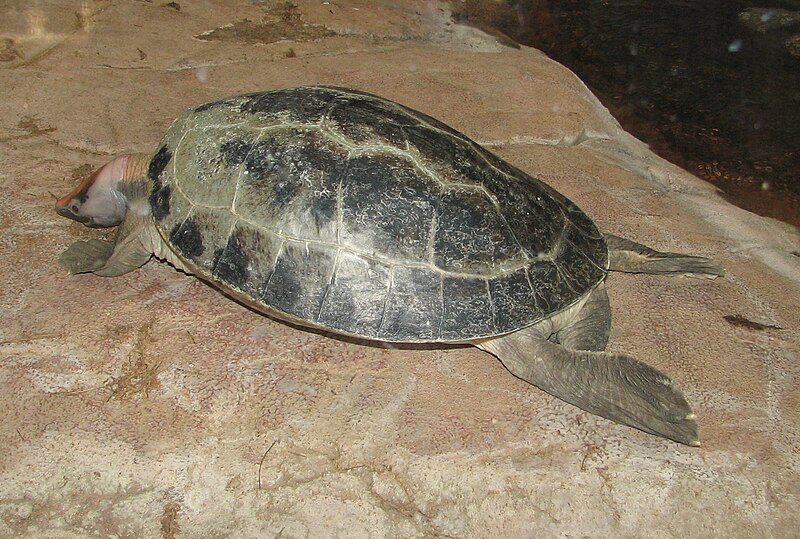
This vividly colored turtle is native to Southeast Asia’s mangroves and estuaries. Males exhibit striking red and white stripes on their heads during the breeding season. Sadly, habitat loss and illegal trade have pushed this species to the brink. Conservationists are working to protect nesting sites and enforce trade regulations. The painted terrapin’s vibrant appearance makes it a unique and beautiful species.
Western Swamp Tortoise (Pseudemydura umbrina)
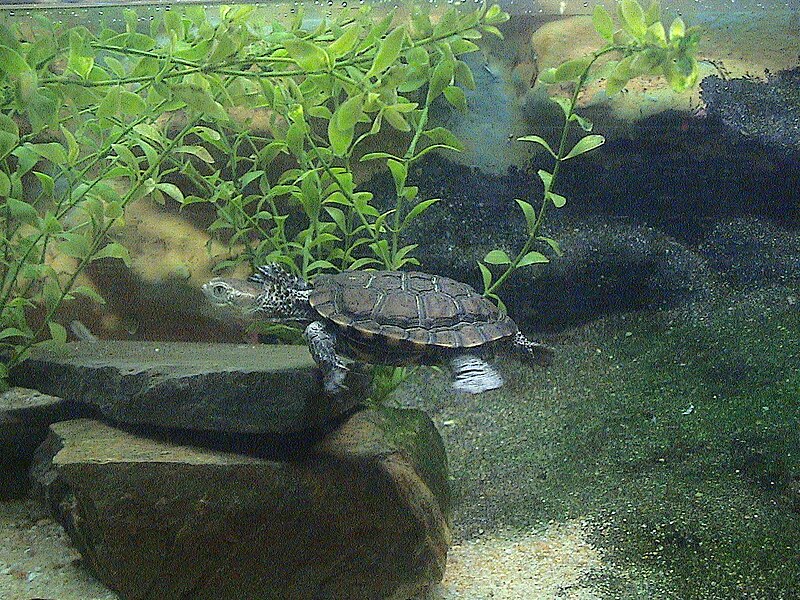
Found only in a few small swamps in Western Australia, this tortoise is one of the world’s rarest reptiles. It is distinguishable by its dark, domed shell and short, thick tail. Habitat destruction and predation by introduced species have critically endangered it. Conservation efforts include habitat management and captive breeding programs. Preserving this species is a high priority for Australian wildlife conservationists.
Coahuila Box Turtle (Terrapene coahuila)
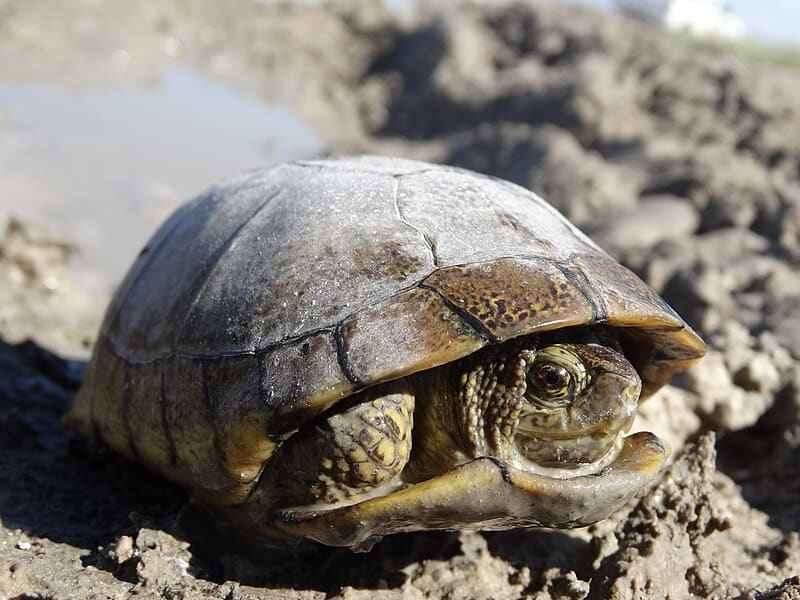
Endemic to the wetlands of Coahuila, Mexico, this turtle is the only aquatic box turtle. Its habitat is rapidly disappearing due to agricultural expansion and water diversion. This species’ unique adaptation to its environment makes its conservation crucial. Efforts are underway to protect and restore its wetland habitat. The Coahuila box turtle exemplifies the need for habitat-specific conservation.
Impressed Tortoise (Manouria impressa)
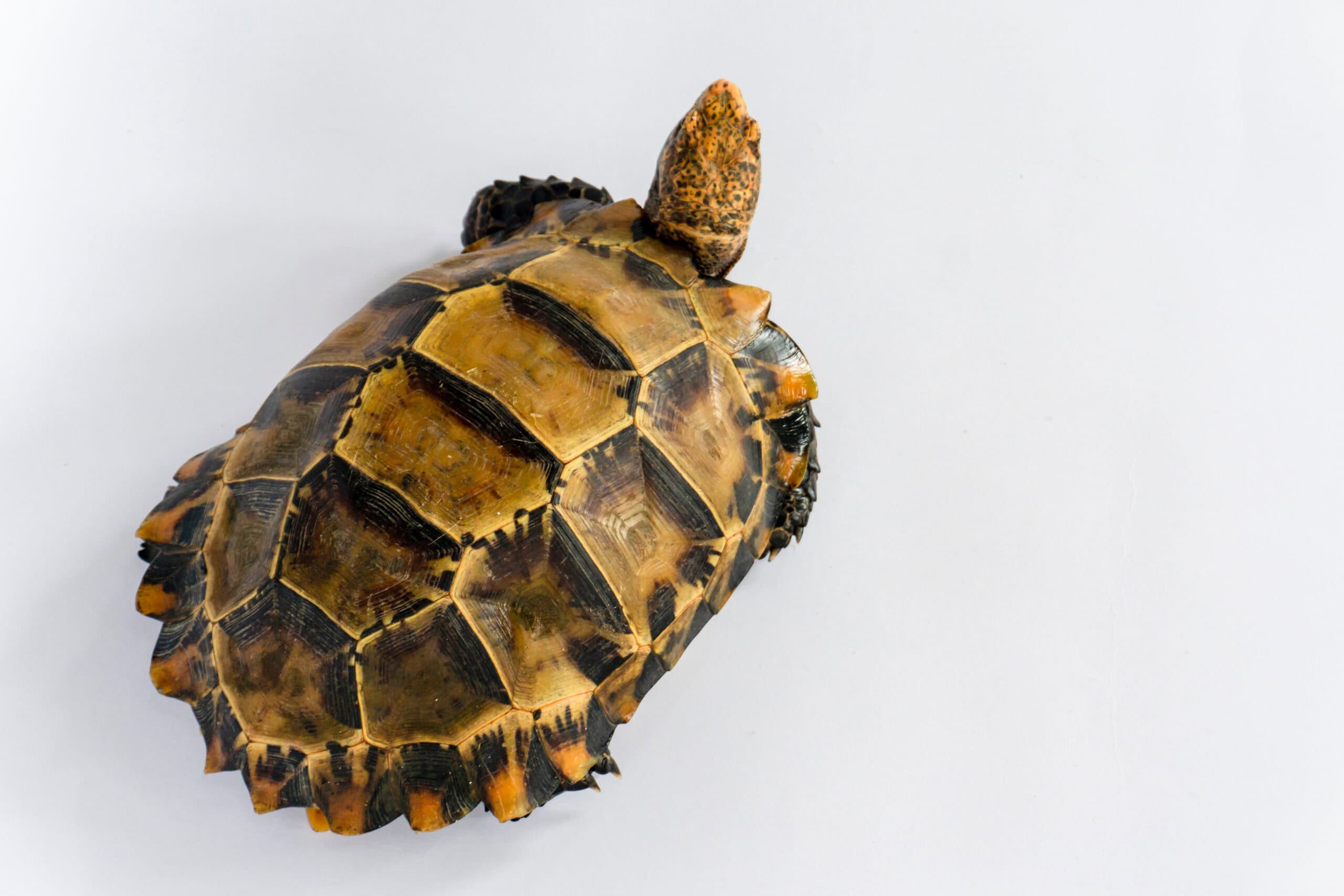
Native to the forested highlands of Southeast Asia, this tortoise is known for its shell’s deeply etched, or impressed, scutes. It inhabits dense forests and is rarely seen due to its reclusive nature. Habitat loss and hunting have led to a significant decline in its population. Conservation efforts are focused on habitat protection and reducing hunting pressure. This species’ impressive shell makes it a standout among tortoises.
Bog Turtle (Glyptemys muhlenbergii)
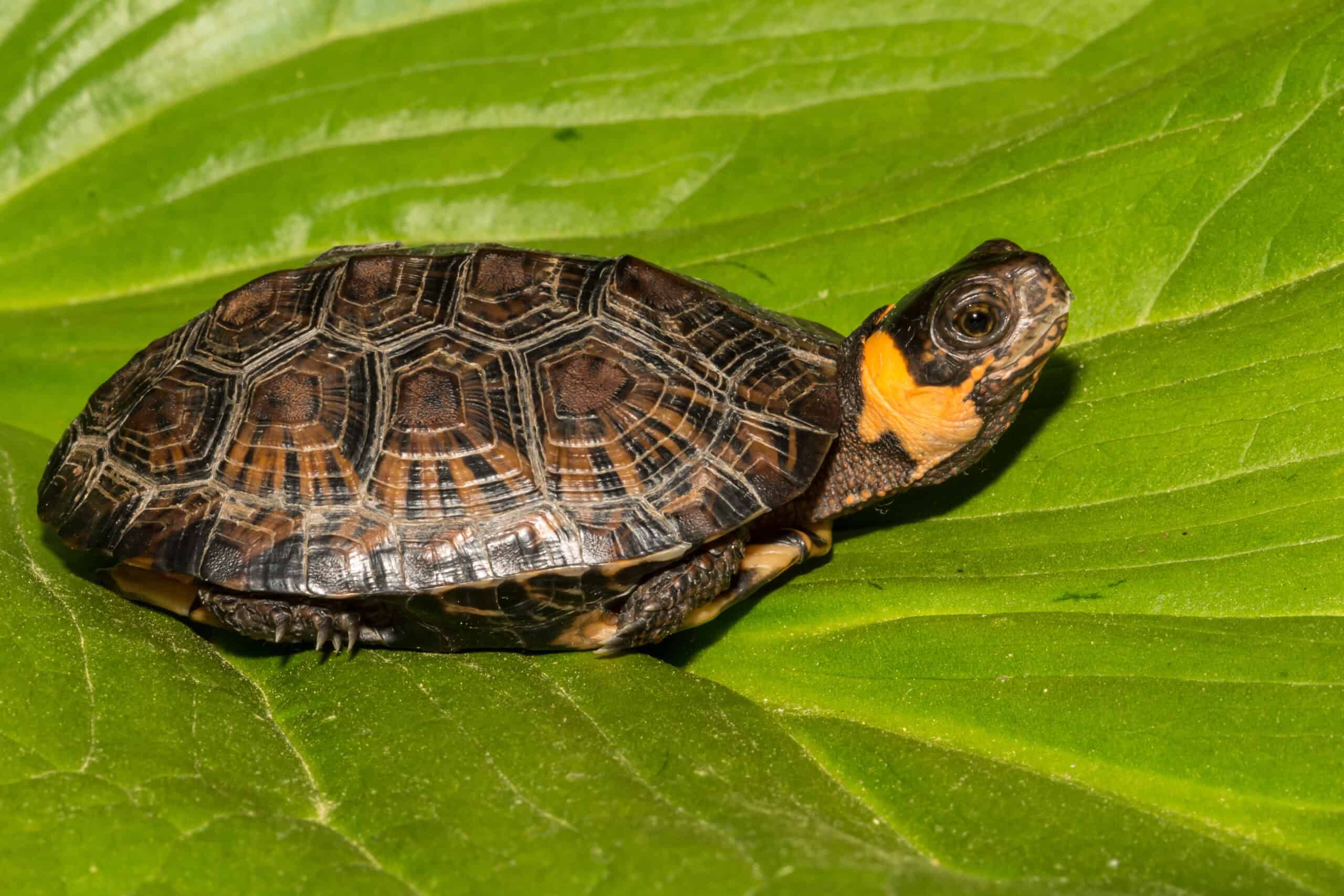
The smallest turtle in North America, the bog turtle, is distinguished by its bright orange patches on either side of its head. It inhabits spring-fed wetlands and is highly susceptible to habitat loss. Conservation efforts include habitat restoration and legal protection. Despite its small size, the bog turtle plays a vital role in its ecosystem. Preserving its habitat is essential for its survival.
Spiny Turtle (Heosemys spinosa)

Named for the spiky projections on its shell, the spiny turtle is native to Southeast Asia’s tropical rainforests. It prefers cool, shaded streams and forest floors. Habitat loss and the pet trade have led to significant declines in its population. Conservation programs focus on habitat preservation and reducing illegal trade. Its unique appearance and habitat preferences make it an intriguing species.
Sulawesi Forest Turtle (Leucocephalon yuwonoi)

Endemic to the island of Sulawesi in Indonesia, this turtle is notable for its large, dark shell and white head. It inhabits forest streams and is rarely seen in the wild. Habitat destruction and illegal collection for the pet trade threaten its survival. Conservation efforts are aimed at habitat protection and breeding programs. The Sulawesi forest turtle’s striking appearance and rarity make it a high priority for conservation.
Philippine Forest Turtle (Siebenrockiella leytensis)

This critically endangered turtle is native to the island of Palawan in the Philippines. It has a distinctive, heavily domed shell and a preference for clear, flowing streams. Over-collection for the pet trade and habitat destruction have drastically reduced its numbers. Conservationists are working to protect its habitat and enforce trade regulations. The Philippine forest turtle’s plight underscores the need for stringent wildlife protection laws.
Magdalena River Turtle (Podocnemis lewyana)
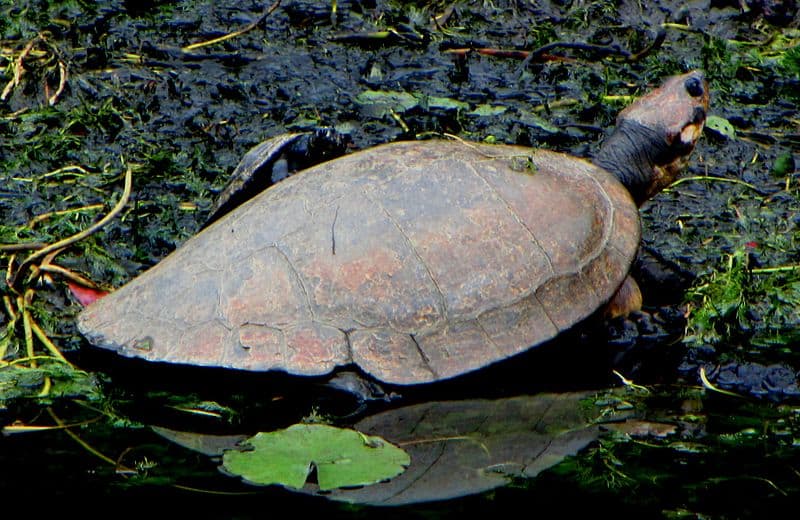
Native to the Magdalena River basin in Colombia, this turtle is critically endangered due to habitat loss and exploitation for its meat and eggs. It has a distinctive elongated shell and a highly aquatic lifestyle. Conservation efforts include habitat restoration and community-based protection initiatives. Protecting this species is vital for the health of the Magdalena River ecosystem. The Magdalena River turtle is a symbol of the urgent need for riverine conservation.
Wood Turtle (Glyptemys insculpta)
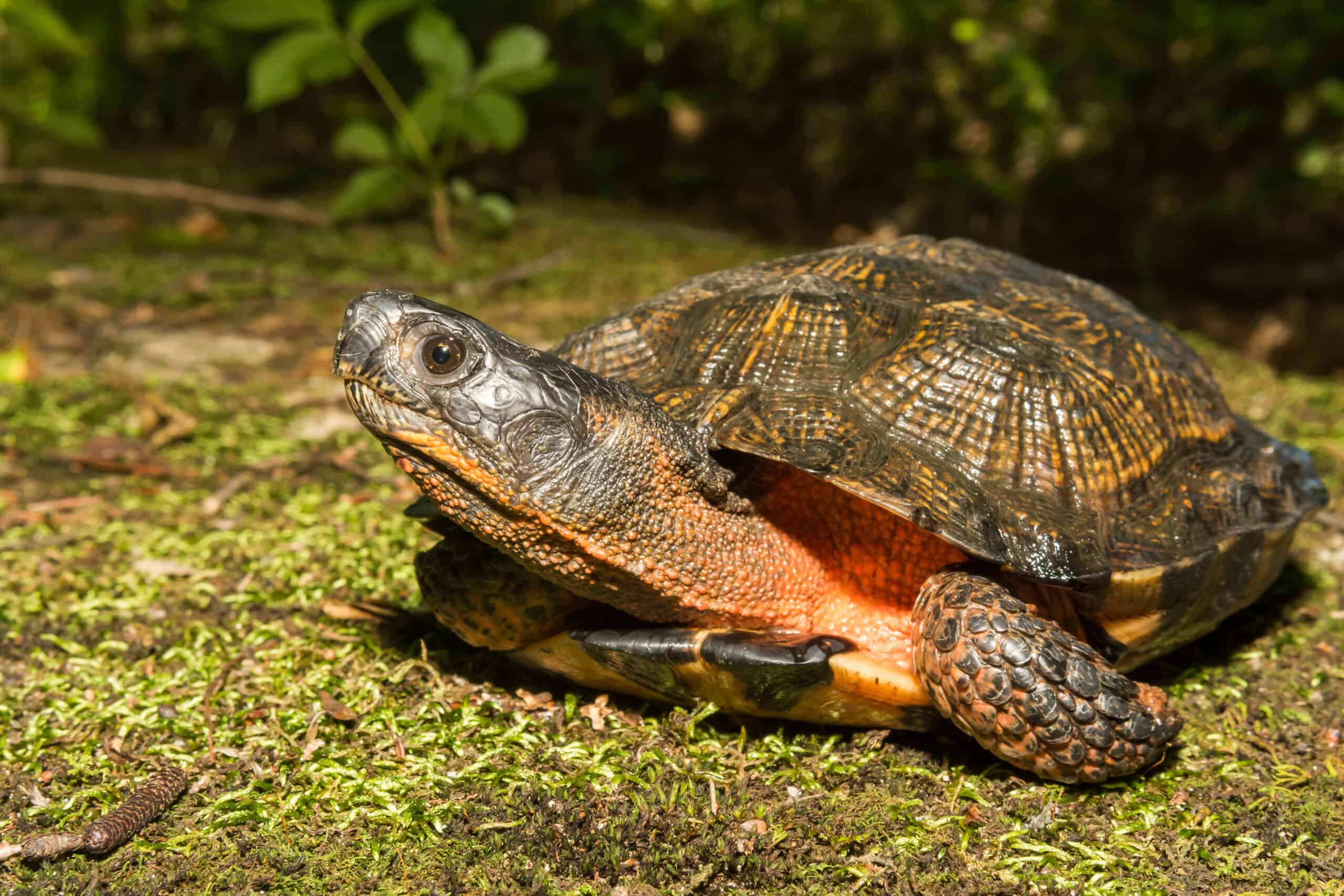
Found in the northeastern United States and parts of Canada, the wood turtle is known for its sculpted, textured shell. It inhabits forested rivers and streams and is threatened by habitat loss and illegal collection. Conservation efforts focus on habitat protection and public education. Despite its rugged appearance, the wood turtle is highly sensitive to environmental changes. Preserving its habitat is crucial for its continued survival.
Yellow-headed Temple Turtle (Heosemys annandalii)
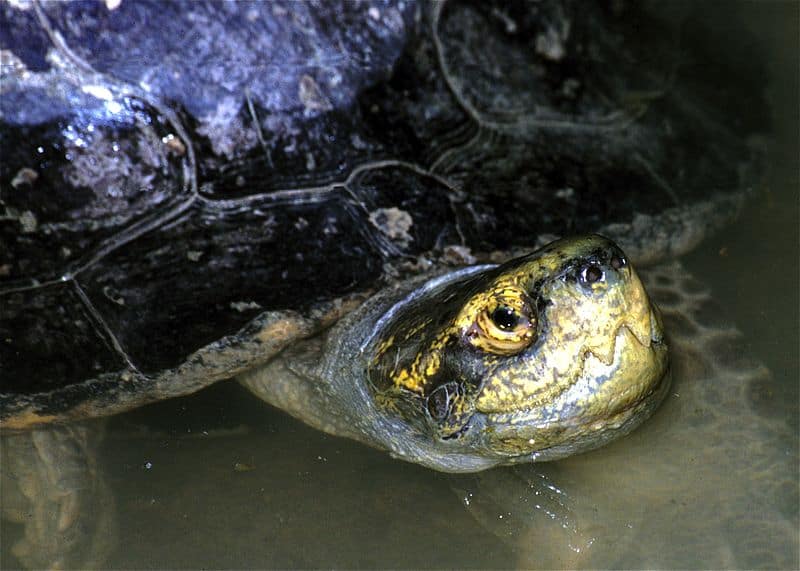
This large, freshwater turtle is native to Southeast Asia and is often found in temple ponds, where it is considered sacred. It has a distinctive yellow head and neck, which contrast with its dark shell. Overharvesting and habitat loss have severely impacted its population. Conservation programs include habitat protection and captive breeding. The yellow-headed temple turtle’s cultural significance adds an important dimension to its conservation.
Flat-tailed Tortoise (Pyxis planicauda)
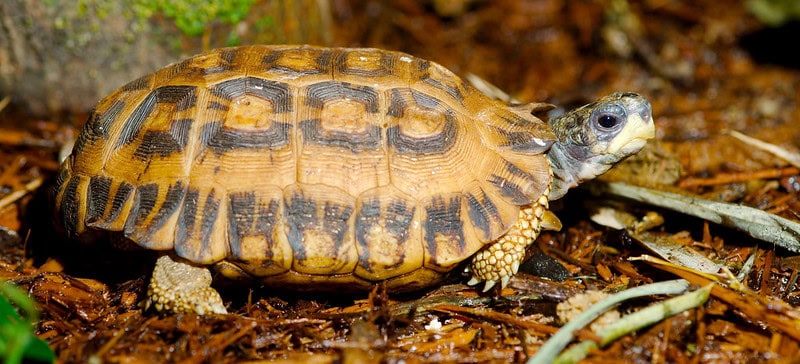
Endemic to Madagascar, this small tortoise is known for its flat tail and hinged plastron. It inhabits dry, deciduous forests and is critically endangered due to habitat loss and illegal collection. Conservation efforts focus on habitat protection and captive breeding programs. The flat-tailed tortoise’s unique features make it a fascinating subject for conservationists. Its survival depends on protecting Madagascar’s unique ecosystems.
Cantor’s Giant Softshell Turtle (Pelochelys cantorii)
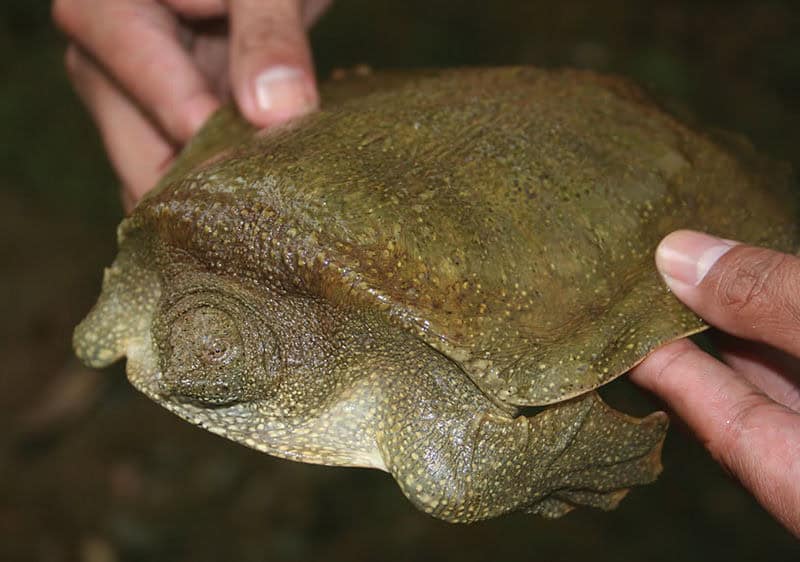
This giant turtle, which can grow up to six feet in length, is found in rivers and coastal regions of Southeast Asia. It spends much of its life buried in sand with only its eyes and mouth exposed. Habitat loss and hunting for its meat and eggs have greatly reduced its population. Conservation programs focus on protecting nesting sites and reducing exploitation. Cantor’s giant softshell turtle’s extraordinary size and behavior make it a remarkable species.
This article originally appeared on Rarest.org.
More From Rarest.Org
Collecting vintage video games has become a lucrative hobby for many enthusiasts, with some titles fetching astonishing prices at auctions. These rare and valuable games are not just prized for their gameplay but also for their rarity, condition, and historical significance. Read more.
Asia is a paradise for street food enthusiasts, offering an incredible variety of flavors, textures, and aromas that reflect the region’s diverse cultures. From savory snacks to sweet treats, the vibrant street food scenes in countries like Thailand, Vietnam, Japan, and India offer something for every palate. Read more.
Science fiction has long captivated readers with its imaginative worlds, futuristic technologies, and thought-provoking themes. From exploring the depths of space to questioning the nature of humanity, the genre pushes the boundaries of what is possible. Read more.



